Ayatollah Ruhollah Khomeini, the founder of the Islamic Revolution, claimed on April 10, 1979, in a meeting with the nomadic tribespeople of Lorestan: “The welfare of the poor will be taken into account in the Islamic Republic and the poor will be granted their rights." He added: "If the laws of Islam are implemented, the oppressed will get their rights, everyone will receive their due rights and oppression will be eradicated. In the Islamic Republic there is no coercion, in the Islamic Republic there is no oppression, in the Islamic Republic there is freedom, there is independence. All parts of the nation in the Islamic Republic must be prosperous."
But did the poor prosper and enjoy their rights under the Islamic Republic? Did poverty decrease and public welfare increase?
Poverty Before and After the Revolution
Did poverty decrease in Iran after the 1979 Islamic Revolution? The World Bank's 2020 report states that poverty around the world has declined, over the past four decades, thanks to the effectiveness of global measures to alleviate poverty.

The World Bank has used three models for mapping world poverty. In the first model, the poverty line is equivalent to US$1.90 daily income; in the second model, the poverty line is equivalent to $3.20 per day; and in the third model, widely seen as the most credible, poverty is measured by a daily income is less than $5.50. The chart above shows that in all three models, the world poverty line has declined over the past four decades.
The World Bank reports that the number of people in the lowest-income category, based on $3.20 per day measure, has shrunk from 2.9 billion people in 1990 to 1.8 billion in 2017.

Considering the $5.50 per day poverty line, the same report shows that populations living in the poorest band fell from 3.5 billion in 1990 to 3.2 billion in 2017.

In assessing poverty in Iran before and after the Revolution, we will look at a few key indicators:
1. The Poverty Line and the Minimum Wage
Considering the three World Bank models for determining the poverty line, as well as Iran’s minimum wage measured over time, it is clear the minimum wage of Iranian workers before the Revolution was above the poverty line and is now less than half.
The minimum wage in 1979 was 1,700 tomans per month, equivalent to $242 per month or $8 per day. This figure increased to 1,835,000 tomans in 2020, but because of inflation, the value of this has dropped to $79 per month, or $2.54 per day.
2. Gross Domestic Product (GDP) per Capita
The decrease in national per capita GDP has also led to a decline in the economic prosperity of the Iranian people since the Revolution.
Masoud Nili, an economist and advisor to President Hassan Rouhani, said in a speech in 2016 that: “[Iran’s] current per capita income is 70 percent of the per capita income in 1976." According to Nili, "Non-oil per capita income decreased by 60 percent between 1976 and 1988, and this has impacted and reduced people's welfare. Part of this decrease was due to the reduction in the volume of GDP, and part was due to the growth of the country's population. From 1989 to 2007, with relatively uneven growth, per capita income has doubled. But since 2007, per capita income has remained stable, so the per capita income in 2007 and 2016 was almost equal." The website Fact-Nameh has verified this claim.
3. Reduced Consumption
The decline in consumption among Iranians in recent years also shows that the population living below Iran's poverty line is growing every year.
Entekhab News Agency, based on reports from the Statistics Center of Iran, has reported a sharp decline of 17% in consumer spending among the eight million poorest Iranians (or the first decile) between 2016 and 2019. The decline was even sharper for the second decile – where consumer spending dropped by 20 percent during the same period.
Entekhab added that the production of waste by-products was another measure of the decline in productivity and spending. The decline in waste, from about 9,000 tons to 11 percent less in 2018, indicated a decline commensurate to more than 50 percent of Iranians living below the poverty line.
4. Population of Pensioners and Recipients of Income Support
The number of Iranians eligible to receive some form of income assistance from the government, as approved by parliament, is 78 million, of which 58 million live in worse forms of poverty.
Mohammad Rashidi, the member for Kermanshah in the current parliament, shared details in a Twitter post regarding the population eligible for income support divided by types of aid received. Ten million people receive pensions or subsidies from the Welfare Organization and the Imam Khomeini Relief Committee; that is, they live in absolute poverty. And while another 25 million people do not receive a pension, they are counted below the poverty line in society and therefore receive support. Meanwhile, 23 million people are living around the poverty line and 20 million people, despite being above the poverty line; both of these last groups also receive of income support.
The four groups make up the 78 million people on support – out of Iran’s population of 83 million people.
The Minister of Cooperatives, Labor and Social Affairs, Mohammad Shariatmadari, in explaining who is eligible to receive the new government-approved household subsistence subsidy, said: “Thirty million Iranians, who do not have a fixed income, applied for one million toman loans and livelihood support packages at the beginning of the year, and will receive this government support."
Shariatmadari’s statement means that 30 million Iranians live in absolute poverty. While many workers are counted outside of the 30 million, and have fixed wages, their basic wages stand around $2.40 a day, or half of the minimum for the poverty line according to the World Bank’s lowest measure for the poverty line.
Workers who earn more than $2.40 a day but less than $5.50 a day – per the World Bank’s higher measure – must also be added to this 30 million people. The result is that more than 50 percent of Iranians live one or another of the World Bank’s poverty lines.
5. Gaps Between Socio-Economic Classes
The “class gap” shows how equitably a country's resources and assets are distributed among its citizens. The World Atlas recorded the class gap rate in Iran in 2018 as 38.80 percent and Iran's ranking in the world as 44th among other countries.
The percentage figure is taken from an inequality measurement called a Gini index which measures the deviation (expressed as a percentage) from perfect equality in a country. A Gini index of 0 indicates perfect equality and 100 total inequality.
Iran therefore has a nearly 40% deviation from perfect equality among its citizens.

There is no information on the class gap in Iran before the 1979 Revolution, although Iranian media has suggested that it stood at 50 percent. If correct then it means the gap has decreased since the Revolution; but more than 40 years after the Islamic Revolution, it is still high. Iran is among the top 50 countries in the world in the breadth of its class gap.
Added to the above measures are pressures from rampant inflation, sharp fluctuations in the value of the national currency, severe housing market turmoil, and extreme increases in homelessness, rough sleeping, and social harm. Together these show the lives of Iran’s underprivileged classes. Did they receive their rights after the Revolution?
visit the accountability section
In this section of Iran Wire, you can contact the officials and launch your campaign for various problems




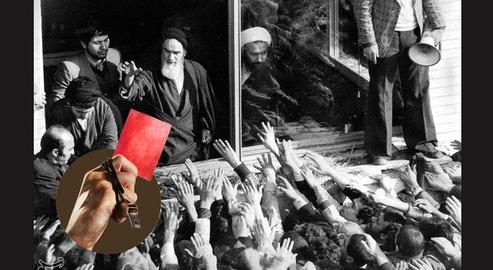

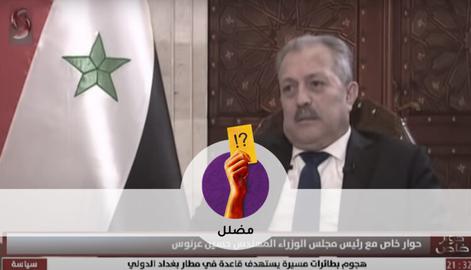

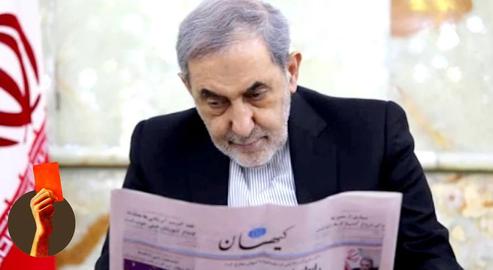

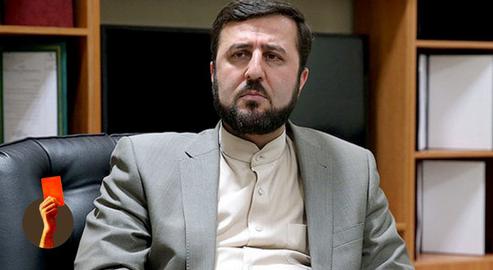
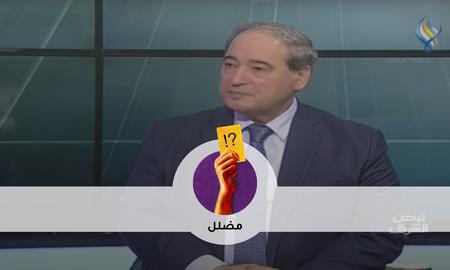
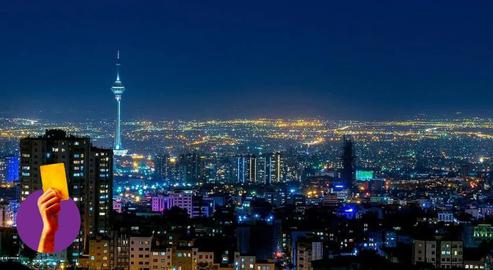
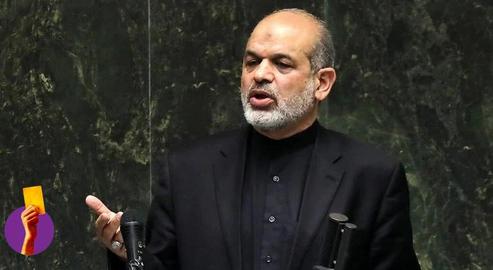
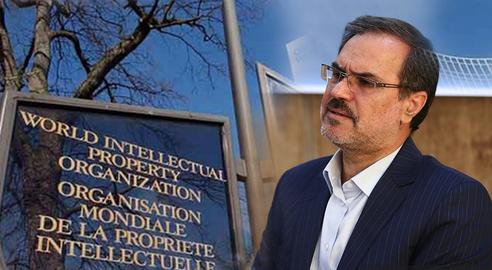

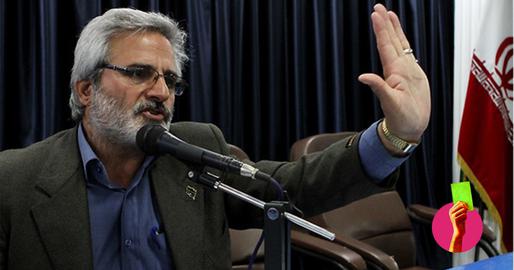
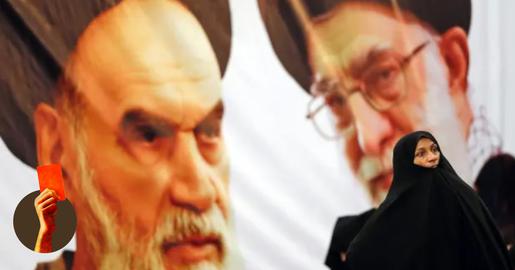
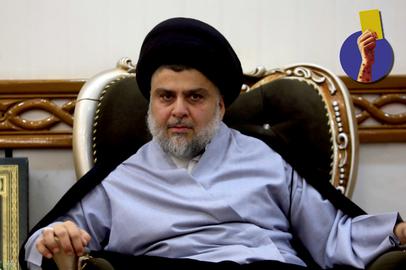
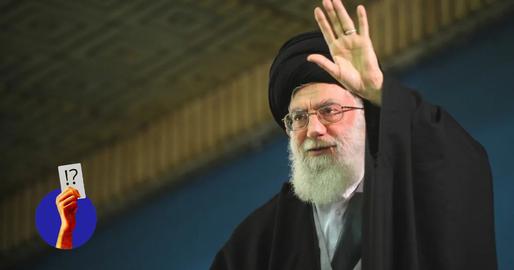
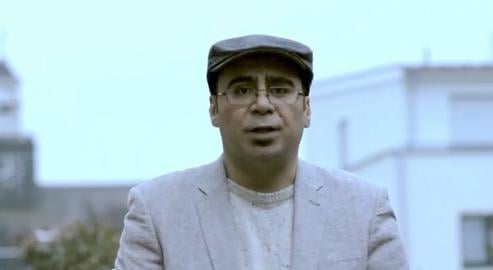
comments